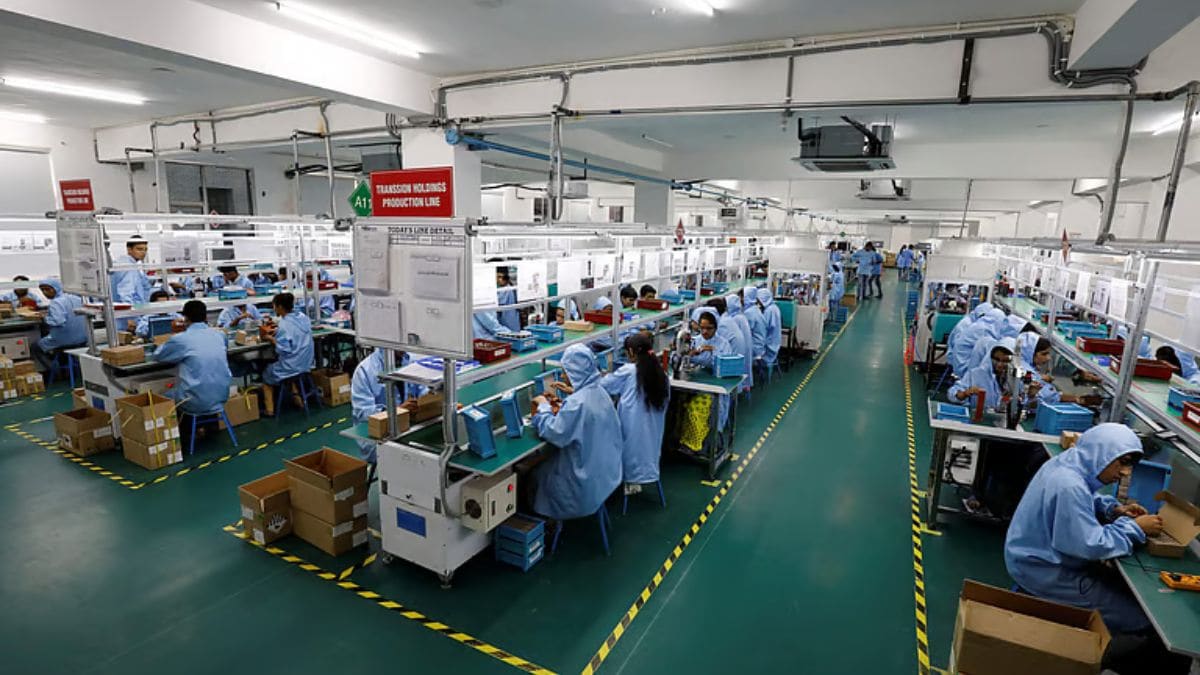India’s gross domestic product (GDP) grew 7.8 per cent in the April–June quarter (Q1 FY26), according to data released by the Ministry of Statistics and
Programme Implementation (MoSPI) on 29 August. The figure outstripped analyst expectations of 6.5–7 per cent, reinforcing India’s position as the fastest-growing major economy. “Real GDP has been estimated to grow by 7.8% in Q1 of FY 2025-26 over the growth rate of 6.5% during Q1 of FY 2024-25," the ministry said. At constant prices, GDP in Q1 stood at Rs 47.89 lakh crore, up from Rs 44.42 lakh crore a year earlier. Sectoral performance
- Services sector remained the main driver, posting 9.3 per cent growth at constant prices, compared with 6.8 per cent a year earlier.
- Manufacturing (7.7 per cent) and construction (7.6 per cent) registered robust expansion, underscoring continued industrial recovery and infrastructure momentum.
- Agriculture and allied activities grew 3.7 per cent, higher than the 1.5 per cent in the same quarter last year, aided by favourable output.
- Mining and quarrying contracted by 3.1 per cent, while utilities (electricity, gas, water supply and others) managed only 0.5 per cent growth, signalling pressure in these segments.
Overall, real gross value added (GVA) grew 7.6 per cent in the quarter.
Nominal GDP and expenditure trends
Nominal GDP, which includes the impact of inflation, rose 8.8 per cent in Q1 FY26.
On the expenditure side:
- Private Final Consumption Expenditure (PFCE), a proxy for household spending, grew 7.0 per cent, slightly lower than 8.3 per cent in Q1 FY25.
- Government Final Consumption Expenditure (GFCE) rebounded sharply, rising 9.7 per cent in nominal terms, compared with 4.0 per cent in the year-ago period.
- Gross Fixed Capital Formation (GFCF), a measure of investment activity, increased 7.8 per cent at constant prices, higher than last year’s 6.7 per cent.
Economists believe the broad-based performance across services, industry and agriculture signals resilience, though global commodity price volatility, monsoon patterns, and external demand could pose challenges ahead.
With India maintaining growth above 7 per cent, the country is expected to remain a key driver of global expansion in 2025–26.
















